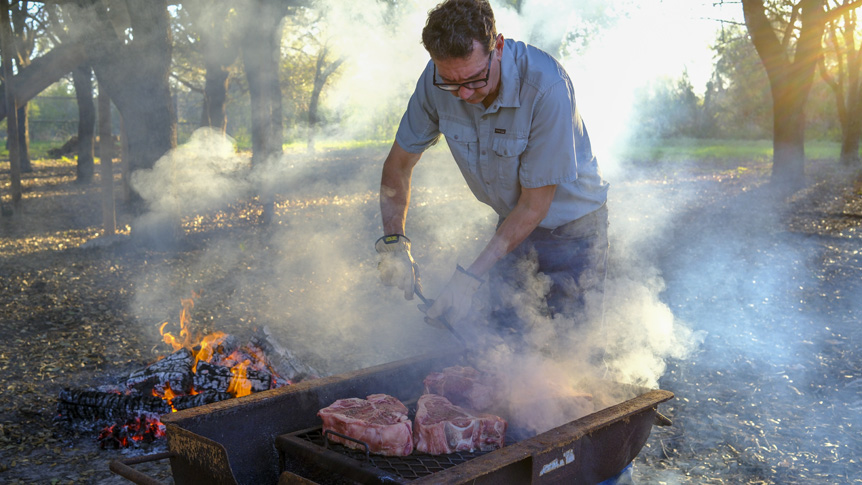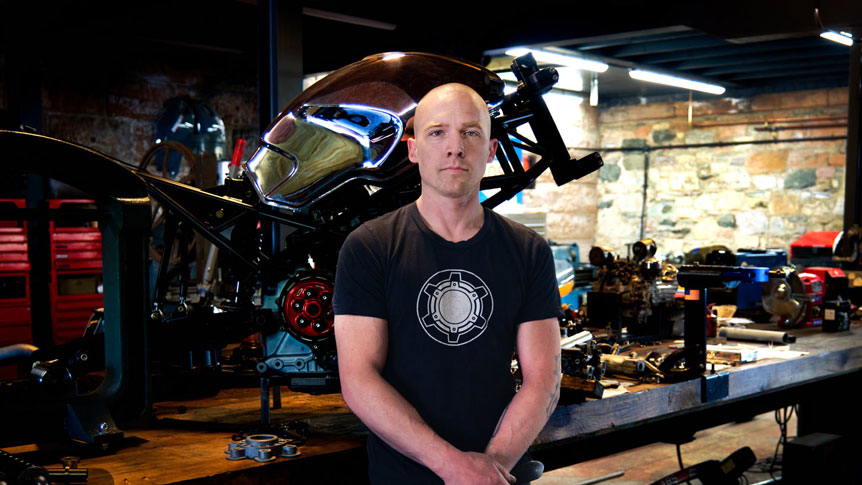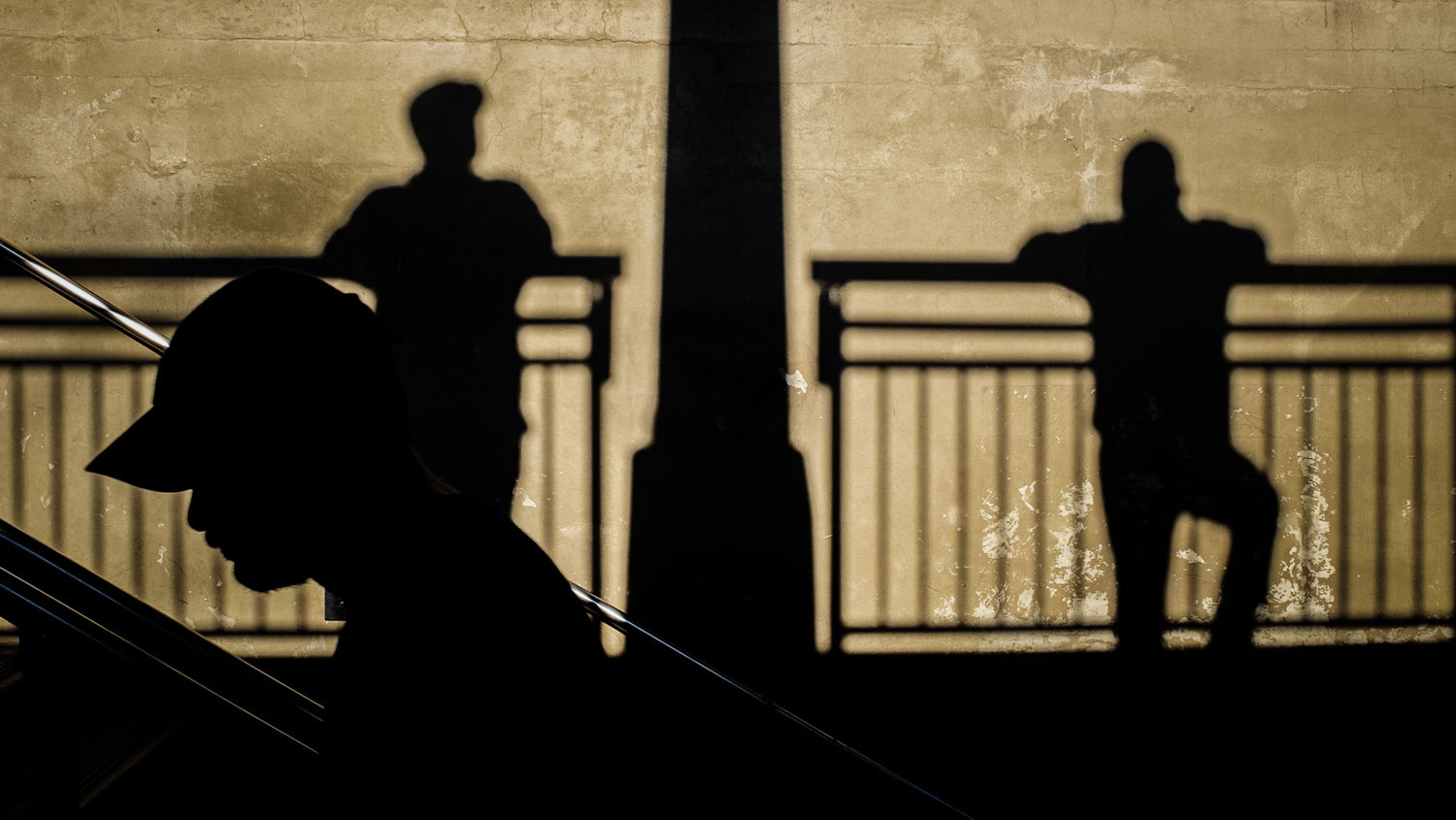
 12 minute read
12 minute read
Street Photography: The Ultimate Guide
Everything you need to know about street photography, from its beginnings and history to popular techniques and equipment
Street photography is beloved the world over. Whether fueled by a desire to document social history, a love of making art, or simply a natural fascination with the way other people live, there is an undeniable magic about these split-second windows into a different world than our own.
From gritty black & white street scenes depicting life in far-flung cities to light-hearted observations of everyday moments in your local neighborhood. The styles and subject matter are as varied as the locations, personalities, and cultures they depict.
But what defines street photography as a genre? Where and when did street photography originate? What gear and techniques do you need to create great street photos? Read on to learn all this and more.
What Is Street Photography?
Street photography is a genre that revolves around human experience. It is usually made in a public place and, while people are not a required subject in the scene, it always includes a human element of some kind, or evidence of human presence.
Examples could be a vehicle, a piece of artwork, a lost glove, or a dropped ice cream cone – anything made, used, or left by people.
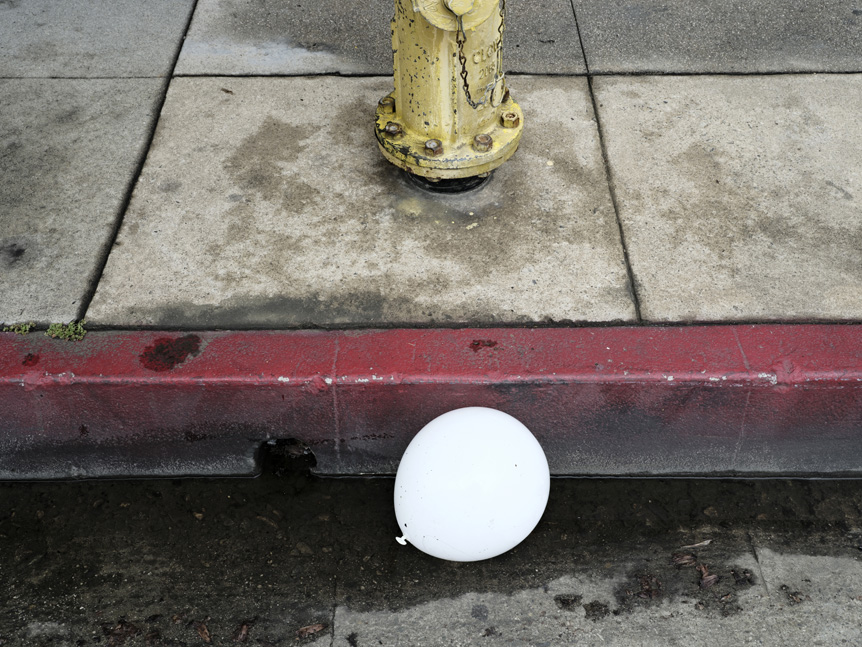
Photo 2021 © Ibarionex Perello | FUJIFILM GFX100S and FUJINON GF32-64mmF4 R LM WR, 1/70 sec at F16, ISO 800
When people are involved in street photography – which is much of the time – the images are mostly candid, and in cases where a person is posing, they are usually doing so spontaneously as an interruption to their everyday life.
While a staged street photograph could still be described visually as street photography, many would argue that true street photography is about more than aesthetics, insisting that it must frame the authenticity of an unplanned, everyday moment as it happens.
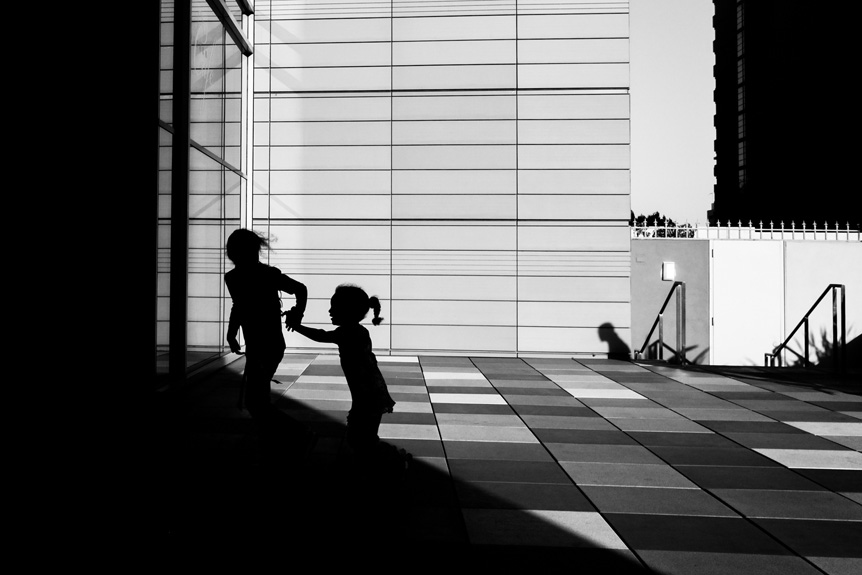
Photo 2023 © Rinzi Ruiz | FUJIFILM X-Pro1 and FUJINON XF18mmF2 R, 1/950 sec at F8, ISO 250
Street Photography vs Documentary Photography
Street photography is a sub-genre of documentary photography because it documents human life and experience. However, there is a key difference between street photography and other forms of documentary photography.
Documentary photography is usually created to a predefined narrative. Whereas street photography invariably frames random occurrences and encourages the viewer to create their own story.

Photo 2021 © Derek Fahsbender | FUJIFILM GFX100S and FUJINON GF23mmF4 R LM WR, 1/1400 sec at F4, ISO 500
The History of Street Photography
Early Beginnings
When considered in the broader history of photography as a medium, street photography is a relatively new genre.
This is because it often depicts fleeting moments that take place in a fraction of a second. Therefore, the long shutter speeds required by early camera technology would have made most modern street photography impossible.
Indeed, what is thought to be the first ever photograph of a human was achieved by accident. The photograph, made by Louis Daguerre in 1838, features a man having his shoes polished on a seemingly deserted Boulevard du Temple, Paris.
In reality, the street would have been busy with pedestrians and carriages, but with an exposure time of between three and 15 minutes, all that movement would have become completely invisible.
It is only because the man happened to be getting his shoes shined that he remained in the same position throughout the lengthy exposure time and is therefore the only visible figure.
With the dynamics of the bustling city often forming the backdrop of street photographs, it’s easy to see why the genre developed a little later in the history of photography when the advancement of camera technology allowed for shorter exposure times.
Many believe this was around the turn of the 20th century with the work of Eugène Atget, thought to be one of the first ever true documentary photographers.
His images documenting old Paris in the late 1800s and early 1900s during a period of major modernization would go on to inspire a new generation of street photographers. This, in turn, paved the way for the establishment of the genre as we know it today.
Popular Adoption
The emergence of street photography as a genre in its current form came with advances in camera technology that brought a new era of more mobile image making.
These more portable designs were a huge turning point as they made it easier for photographers to go unnoticed when making photographs, thus avoiding having any influence on the moment they were framing.
Additionally, the move away from unwieldy early camera designs meant photographers were agile enough to get to the heart of the action and react quickly once they were there.
This newfound freedom of movement was complemented by much faster shutter speeds that enabled photographers to effectively frame fleeting moments.

Photo 2021 © Derek Fahsbender | FUJIFILM GFX100S and FUJINON GF23mmF4 R LM WR, 1/25 sec at F20, ISO 200
Modern Street Photography
Camera technology has made huge advances since its 19th-century beginnings. From the invention of highly portable rangefinder and single-lens reflex (SLR) analog film cameras to the introduction of digital SLR (DSLR), premium compact, smartphone, and mirrorless cameras.
Some of the latest mirrorless digital cameras weigh as little as 365g (0.8lb) and can offer electronic shutter speeds as fast as 1/180,000 sec. Such a powerful combination of portability and extremely capable technology has left photographers facing few obstacles between them and the perfect image.
This is reflected in street photography establishing itself as one of the most accessible photographic genres.

Photo 2021 © Chinelle Rojas | FUJIFILM X-T4 and FUJINON XF14mmF2.8 R, 1/200 sec at F6.4, ISO 200
Street Photography Techniques
Most street photography frames some kind of movement, stopping motion at the perfect point to achieve the ideal composition. There is rarely a second chance to frame that moment, so street photographers need to be able to react as quickly as possible.
The reactive nature of the genre means that most street photography techniques are designed to streamline the process of making the image, in turn allowing the creator to focus completely on the scene in front of them.
The less effort there is between recognizing the composition and making the image, the higher the chances of being in the right place at the right time to achieve success.
Use a Narrow Aperture
Using a narrower aperture increases the depth-of-field in the image, which ensures a larger proportion of the scene in front and behind the subject is in focus.
Therefore, moving subjects are less likely to travel out of the focal plane (the section of the image that’s in focus) in the time between locking focus and making the image.
Set the Focus Distance
The technique of using a narrower aperture to increase the depth-of-field is perfectly complemented by switching to manual focus and prefocusing to the specific distance at which you expect subjects to appear.
By having the focus already set, you can be confident your subject is sharp without worrying about autofocus settings.

Photo 2021 © Ibarionex Perello | FUJIFILM GFX100S and FUJINON GF32-64mmF4 R LM WR, 1/100 sec at F7.1, ISO 1600
Photograph from the Hip
Using a narrow aperture and a preset focus distance provides the confidence to make images without even raising the camera to your eye.
This technique is called making images ‘from the hip’, and can be extremely effective not only when reacting quickly, but also for remaining unnoticed.
Use a Tilting LCD Screen
Most modern cameras feature some kind of tilting LCD screen that works as a viewfinder. This can be especially useful for street photographers trying to look inconspicuous.
By holding the camera at chest level and looking down at the screen to compose, it will appear as though you are checking settings rather than creating an image. This can help make your subjects less aware of your presence and act in a more natural way.
Wait for Your Subject to Come to You
Because many street photographs are unplanned, dynamic, and candid, it’s easy to assume that making them is always about keeping on the move, camera in hand, looking for the perfect opportunity.
Indeed, most of the above techniques are designed to facilitate a faster, more reactive style. However, while quick reactions amid the bustling urban environment are useful, many street photographers take a more considered approach.
A common technique is to find a pleasing scene in advance, then wait for the subject and light to come to you.
For example, why settle for a passing subject in a black coat when a subject in a red coat would be much more interesting? Or why make an image in flat light when you can wait for the sun to come out and use the angular, urban shadows from surrounding buildings to create striking, high-contrast compositions?

Photo 2023 © Rinzi Ruiz | FUJIFILM X100V, 1/640 sec at F5.6, ISO 200
Best Street Photography Cameras
When choosing a camera for street photography, size, weight, and accessibility are all extremely important factors. If you are on your feet all day walking the streets looking for photo opportunities, a big, heavy camera can quickly become exhausting to carry.
Equally, the larger the camera, the more it will get you noticed. Aside from simply being easier to see, non-photographers often associate larger cameras with press photographers, and nothing will make a passerby more self-conscious than the thought of having their picture published somewhere.
Mirrorless Cameras
The latest iteration of interchangeable lens cameras (ILCs) are mirrorless, so called because they use an electronic viewfinder (EVF), which means they do not need the reflex mirror and pentaprism required for optical viewfinders (OVFs) found in DSLR and SLR cameras.
Fewer parts require less space, therefore it’s possible for mirrorless cameras to be much smaller and lighter than DSLRs, while still featuring the same level of technology.
For this reason, mirrorless cameras are often favored by street photographers because they are more portable, less intrusive, and extremely capable.
Cameras with an Optical Viewfinder (OVF)
Mirrorless cameras are excellently suited to street photography for their size and weight, but many photographers prefer how an OVF makes them feel more connected to their scene.
For this reason, some mirrorless cameras feature hybrid viewfinders, which allow users to switch between an EVF and a rangefinder-style OVF system.
This not only provides the extra connection many street photographers crave, but also allows them to see outside the frame, so they can be better prepared for when the perfect subject appears.

Quiet Cameras
As we touched on above, if a subject becomes aware they are being photographed, their behavior can be greatly affected. This immediately eliminates the candid authenticity street photographers are striving to achieve.
A sure way to make your subject aware a photo is being made is with the unmistakable click of a mechanical shutter being released. For this reason, many street photographers choose the quietest camera possible.
One option is a camera with a leaf shutter, as this mechanical option is quieter than the focal plane shutter, which is the more common type found in digital cameras. A popular example of a camera with a leaf shutter is FUJIFILM X100V.
The other option is to use a camera with an electronic shutter, which operates in complete silence, providing maximum discretion.
In addition to silent operation, electronic shutters also offer faster shutter speeds than mechanical shutters, which can be useful in bright conditions. FUJIFILM X-H2, for example, can achieve a shutter speed of up to 1/180,000 sec.
Cameras with External Dials
As with any genre, great street photography requires the creator to be completely present; the more an image maker can concentrate on the scene in front them, the more likely they are to achieve success.
By choosing a camera with external dials, a photographer can see their settings at a glance and adjust by feel, even when the camera is switched off. This eliminates the need to negotiate menus or squint to see LCD screens, maintaining immersion in the process of creating.

Best Street Photography Lenses
While there are no specific rules, when choosing a street photography lens, the first factors many will consider are size and focal length.
Prime Lenses
When portability and subtlety are strong factors, prime lenses are often chosen over zoom lenses because they are generally smaller and lighter.
They contain fewer internal optical components since they only need to cover a single focal length rather than an entire focal range.
This simpler construction also brings other benefits such as increased sharpness, reduced distortion, and a wider aperture for improved low-light performance.
Standard Focal Lengths
In many cases, great street photography is not just about the subject alone, but the way the subject interacts with the surrounding environment.
For this reason, lots of photographers prefer a focal length that isn’t so close that it isolates the subject, but at the same time isn’t so wide that it distorts the image.
Many settle around the 35mm or 50mm equivalent focal lengths, which translate to 23mm and 33mm for APS-C sensors, and provide an angle of view very close to that of the human eye.
Some great examples in the XF Lens range are FUJINON XF23mmF2 R WR, XF35mmF2 R WR, and XF33mmF1.4 R LM WR.
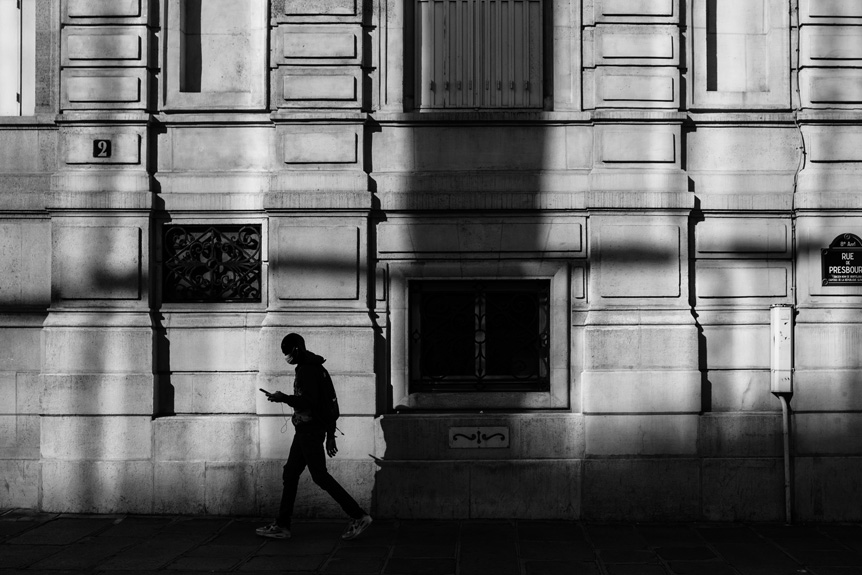
Photo 2021 © Ibarionex Perello | FUJIFILM X-Pro3 and FUJINON XF23mmF2 R WR, 1/640 sec at F5.6, ISO 160
Comfort
While certain lenses are more popular than others in street photography, remember that the one you use ultimately depends on personal preference.
There are no rules when it comes to making images, so choose the lens that you feel most comfortable using.
For example, if you feel nervous about photographing strangers, you may prefer a telephoto lens so you can keep your distance and remain inconspicuous. This can also ensure you do not influence a moment because you can document it completely unnoticed.
Alternatively, you may prefer not to be restricted to one focal length and instead opt for a standard zoom, such as XF18-55mmF2.8-4 R LM OIS or XF16-55mmF2.8 R LM WR from the XF Lens range, which cover equivalent focal ranges of 27-84mm and 24-84mm, respectively.
For even more versatility, opt for a superzoom that covers everything from wide angle to telephoto, such as XF18-120mmF4 LM PZ WR. This offers an equivalent focal range of 27-183mm.
Lens technology is now so advanced that it can be difficult to tell the difference between images created with zooms and primes. Indeed, many zooms are also now extremely portable, so options for street photographers have never been broader.

Photo 2021 © Tom Baumgaertel | FUJIFILM X-Pro3 and FUJINON XF50-140mmF2.8 R LM OIS WR, 1/250 sec at F5.6, ISO 1000
Is Street Photography Legal?
Laws surrounding the act of photographing people in public places without prior permission vary dramatically around the world. This can range from relative freedom in many countries, to the practice being outlawed in others – and that’s before you even consider how and where the resulting images will be used.
These rules also span regions within a country and can change quickly, so it is impossible to provide specific guidelines.
For this reason, it is essential to thoroughly research the local laws for the area in which you will be photographing before heading out with your camera. And when you do, only ever photograph people if you are certain that it is safe and legal to do so.
Learn more by exploring the rest of our Fundamentals of Photography series, or browse all the content on Exposure Center for education, inspiration, and insight from the world of photography.







